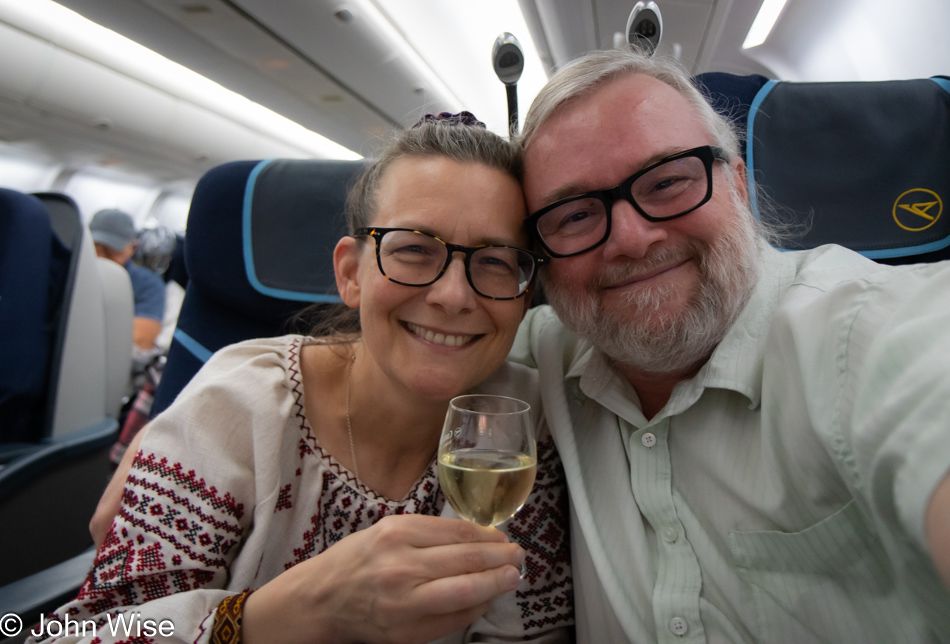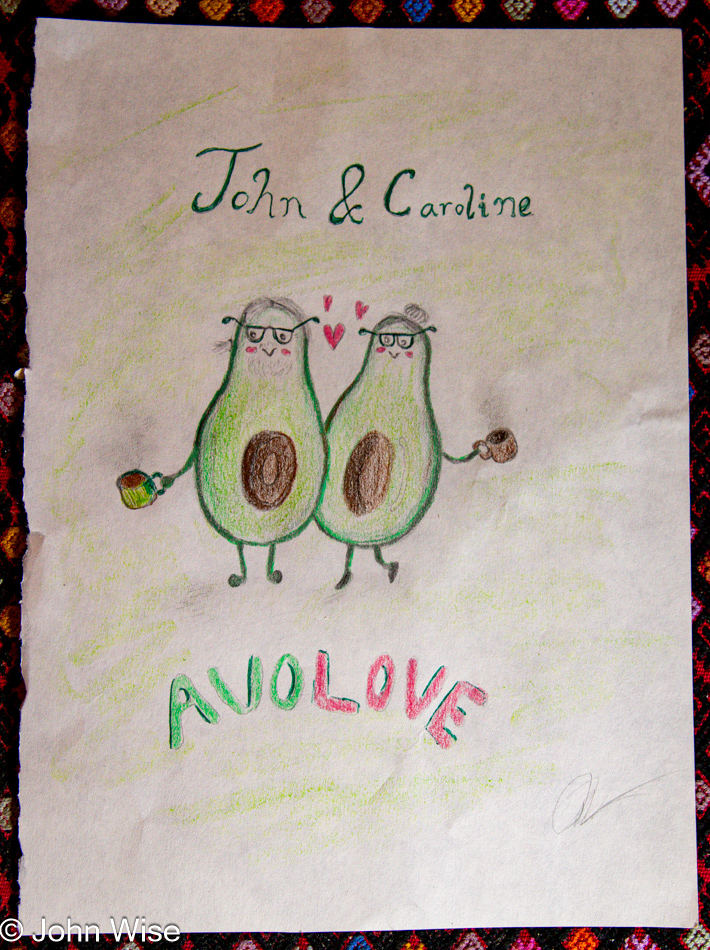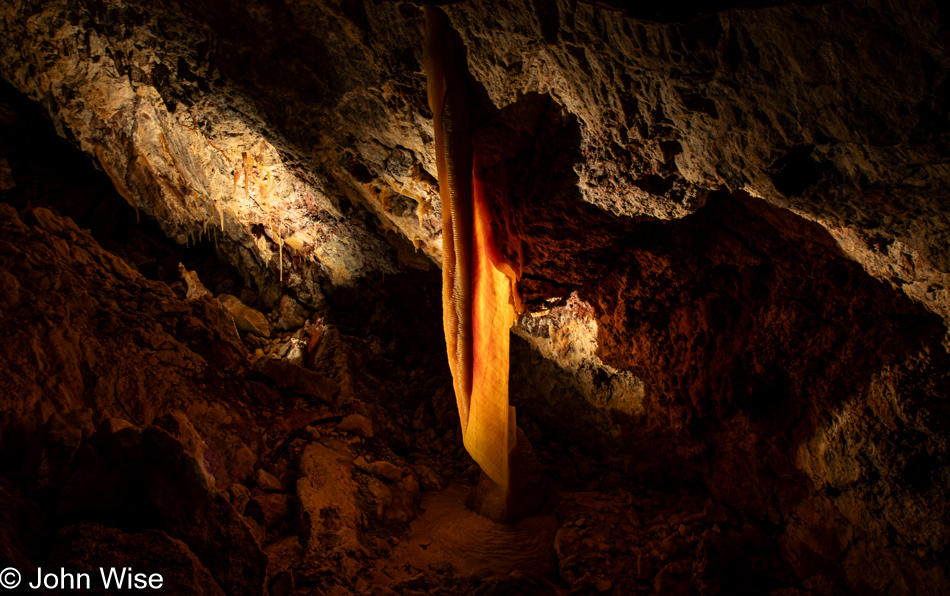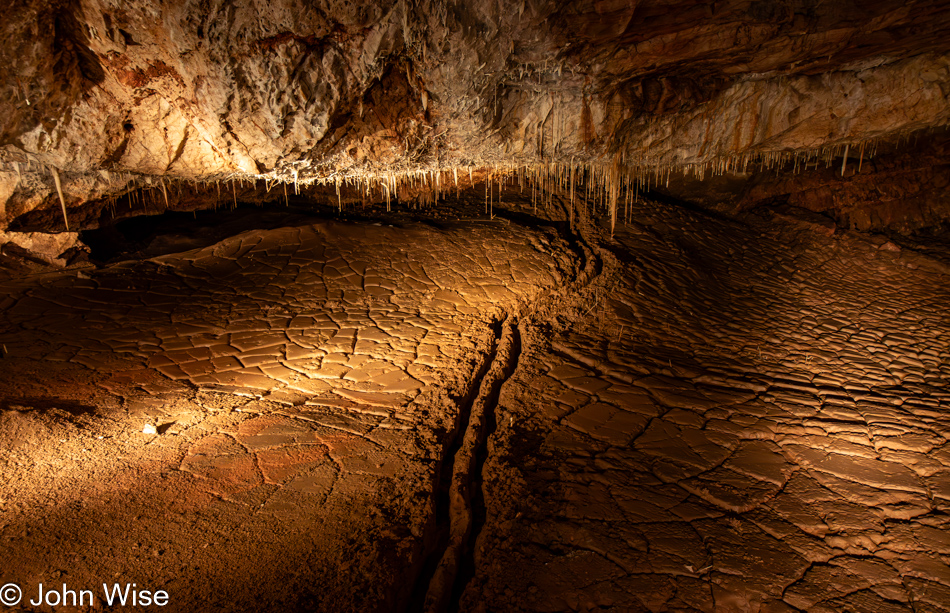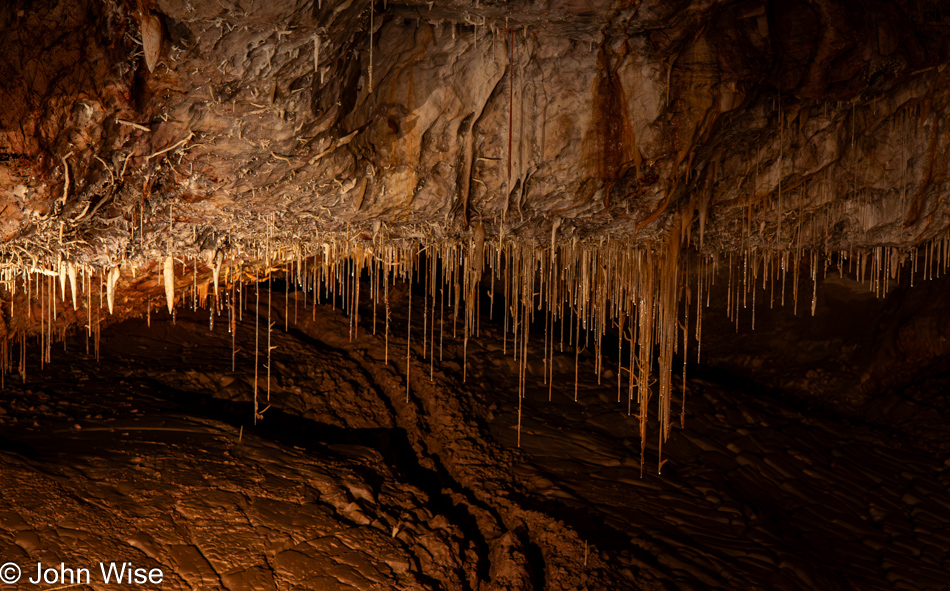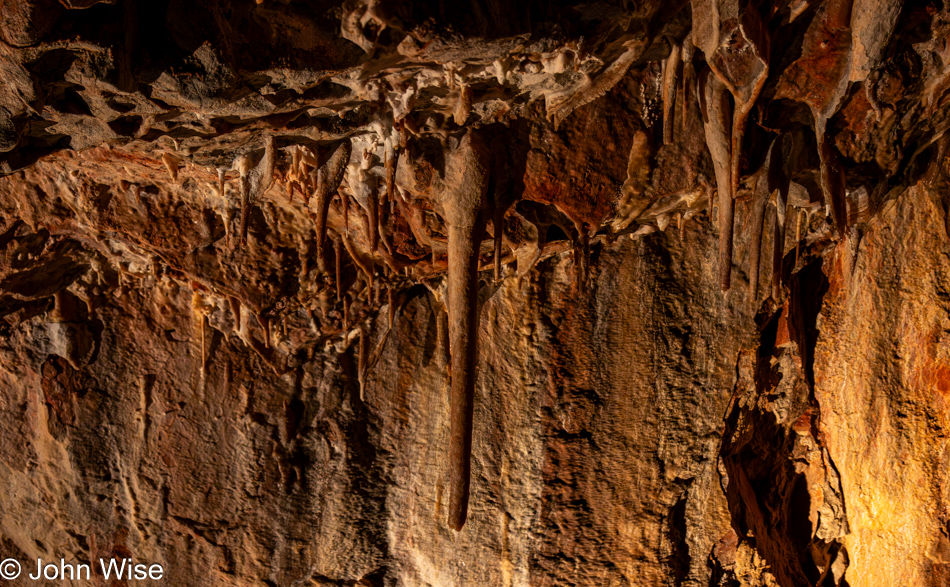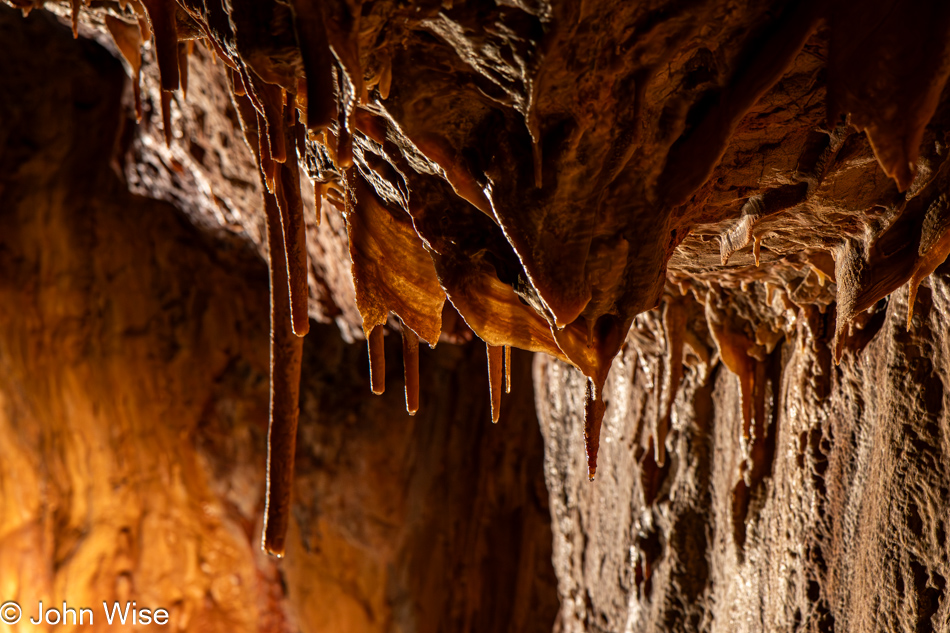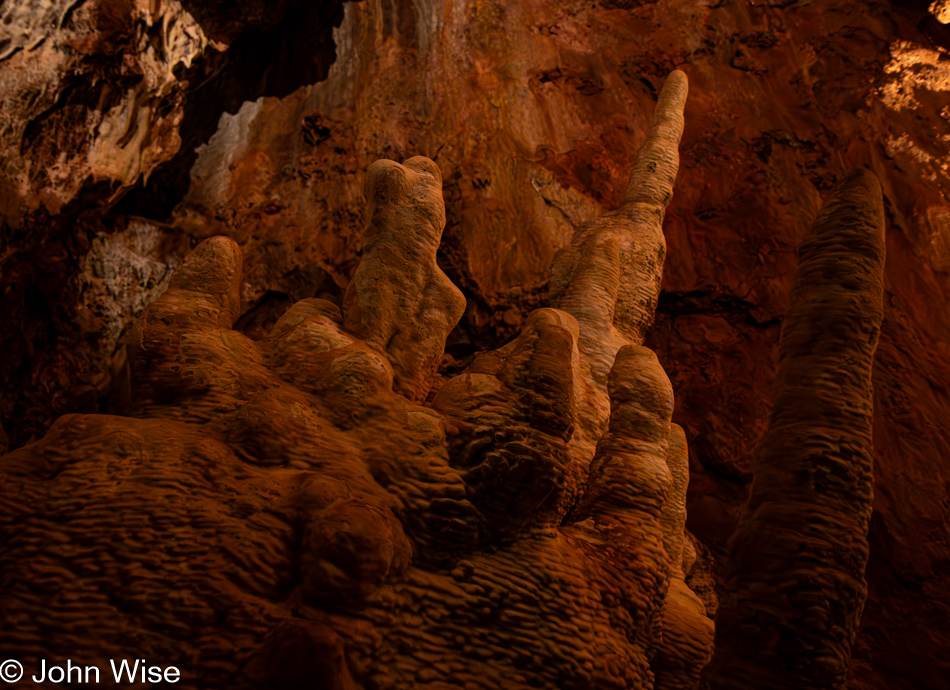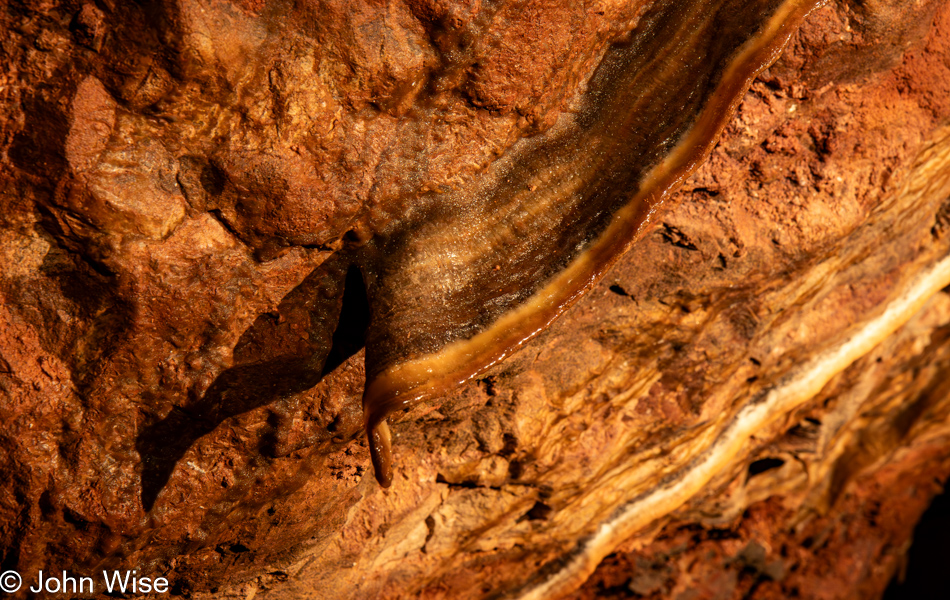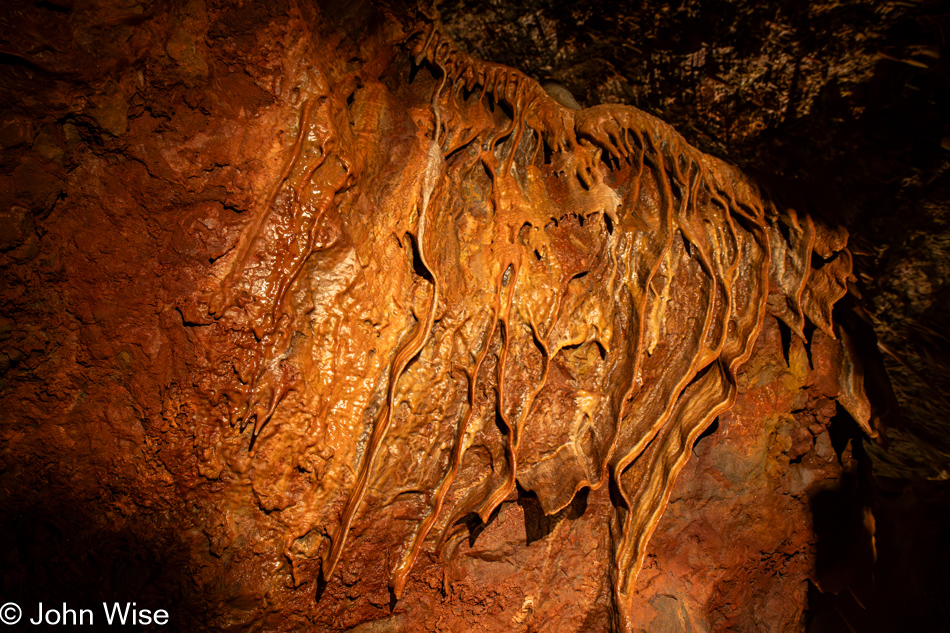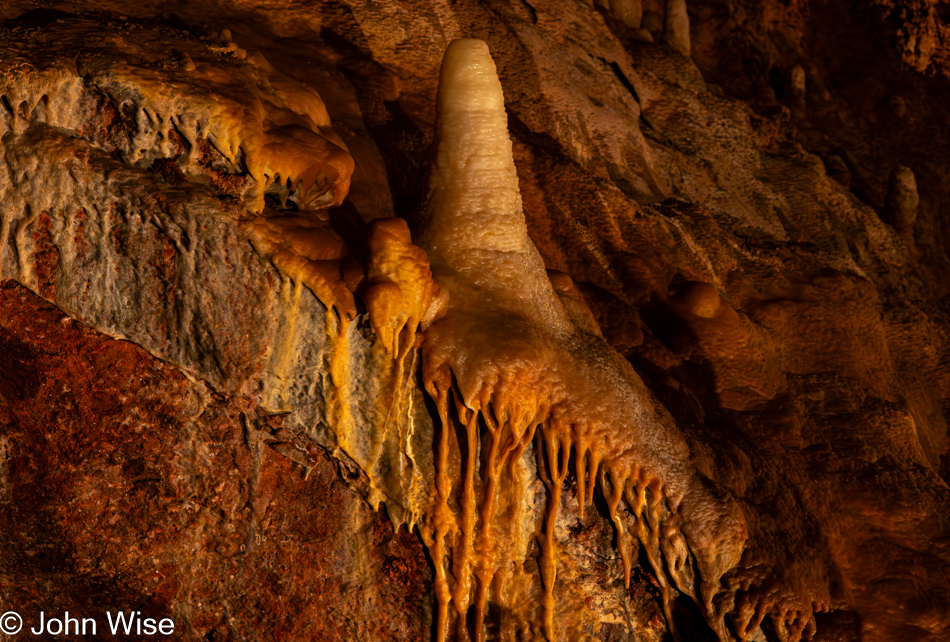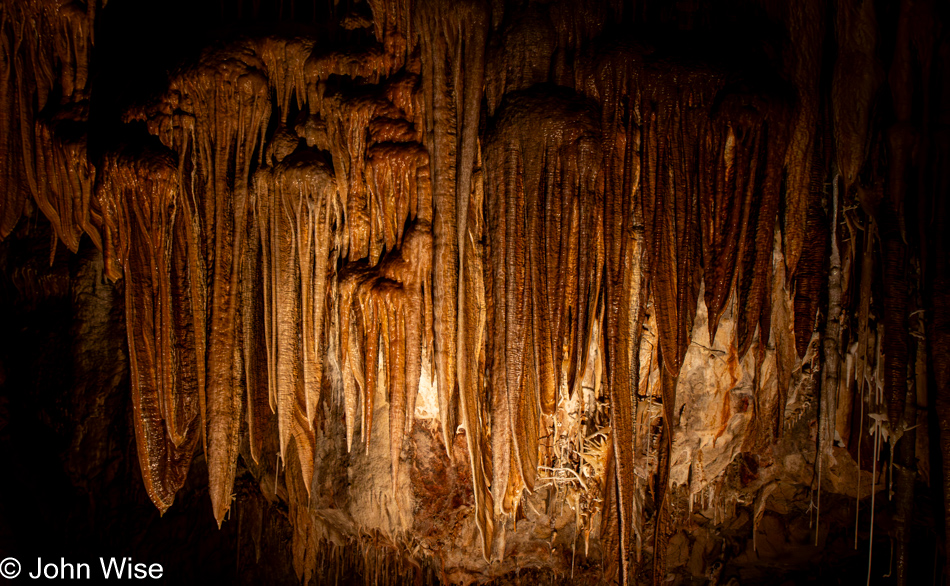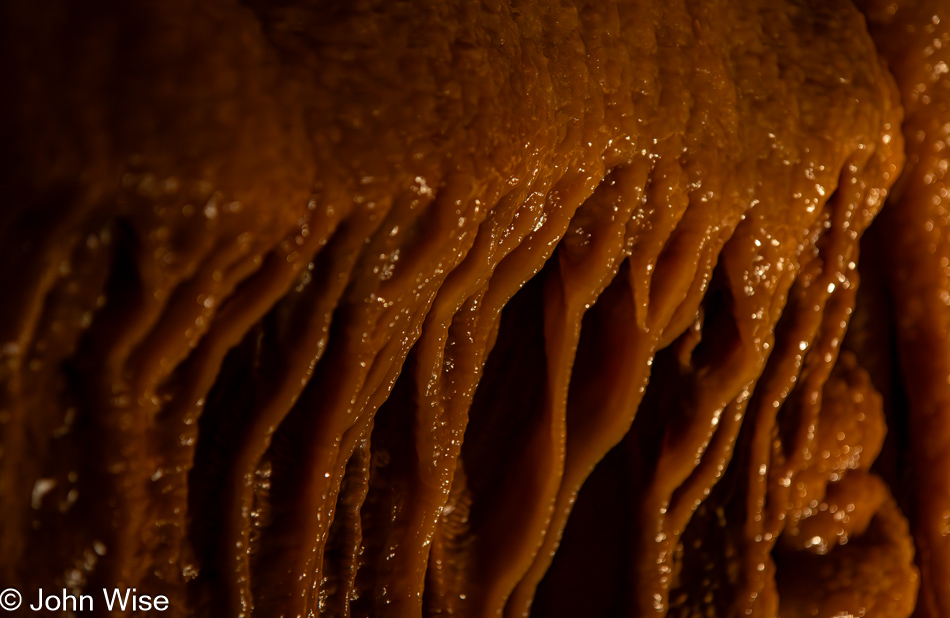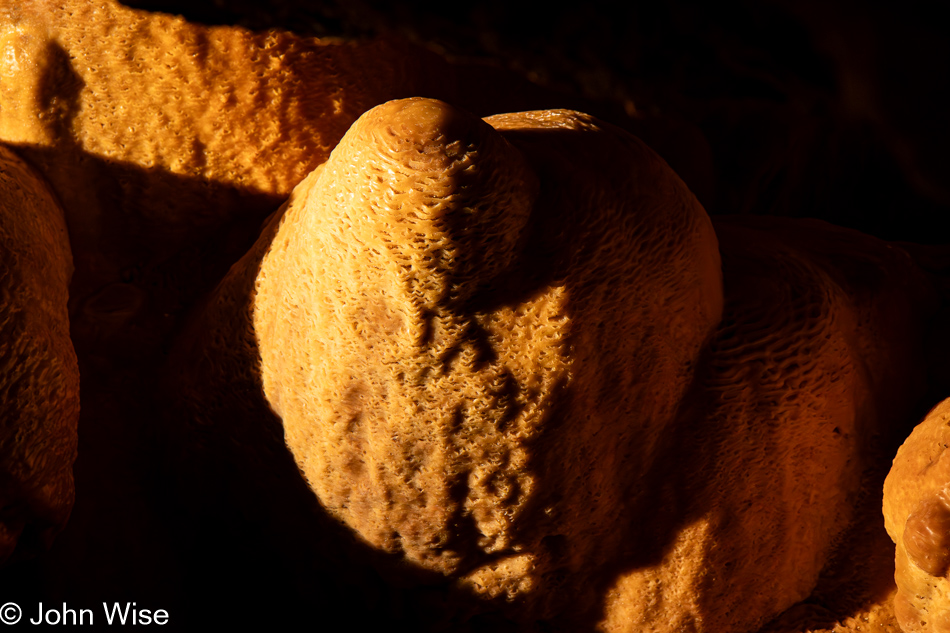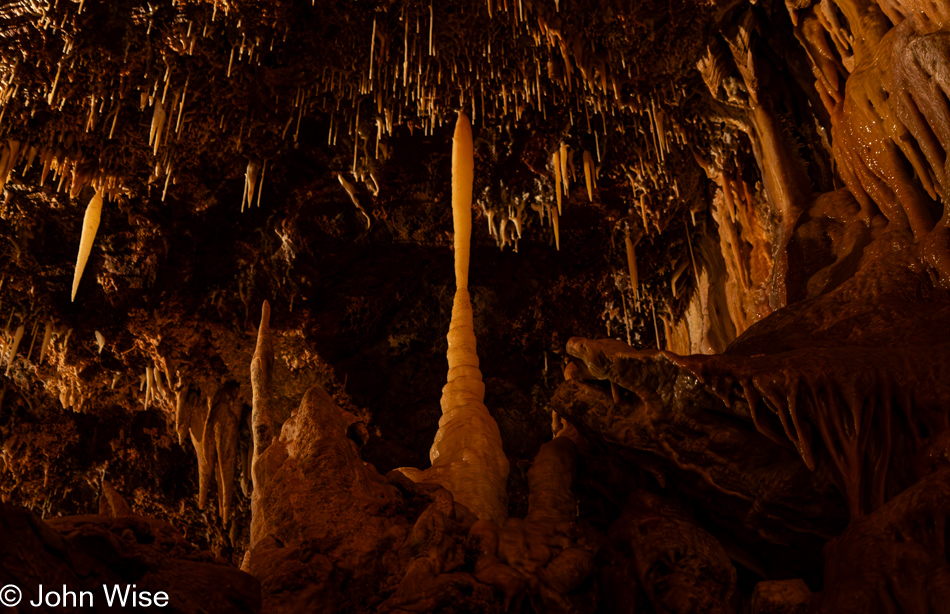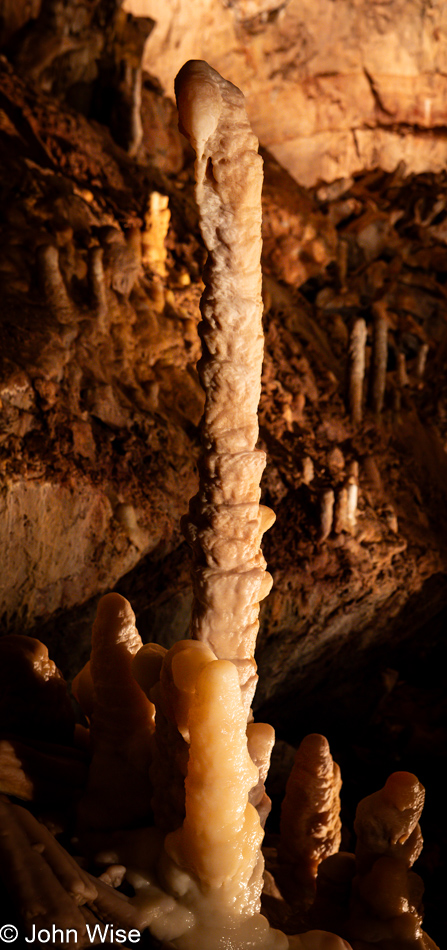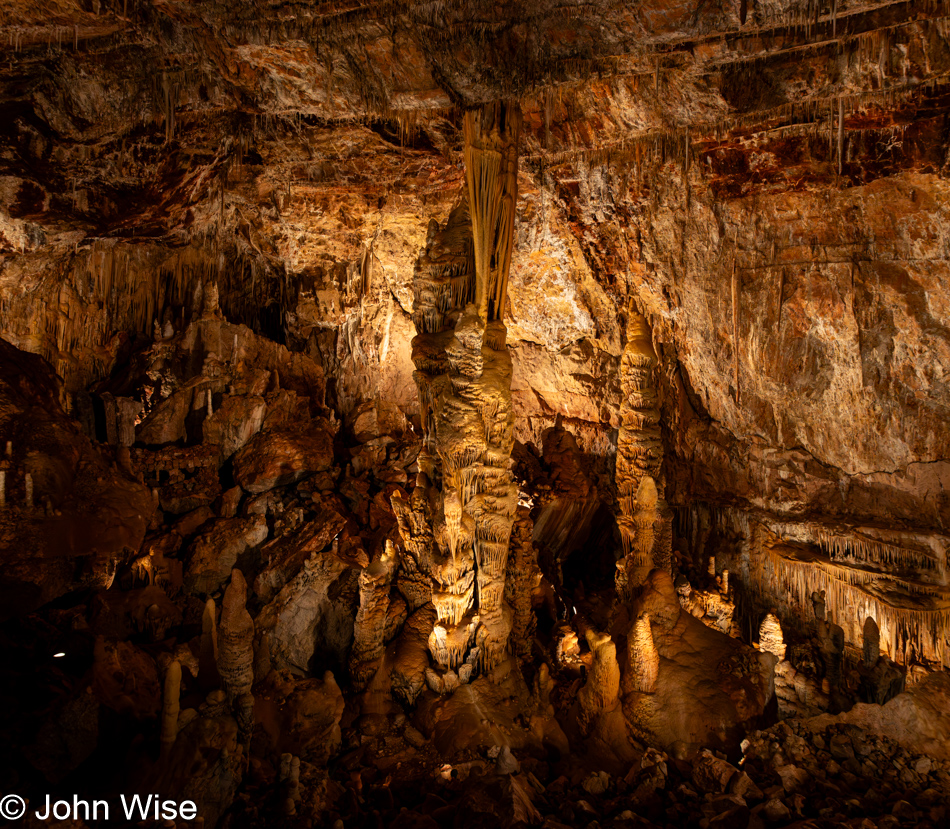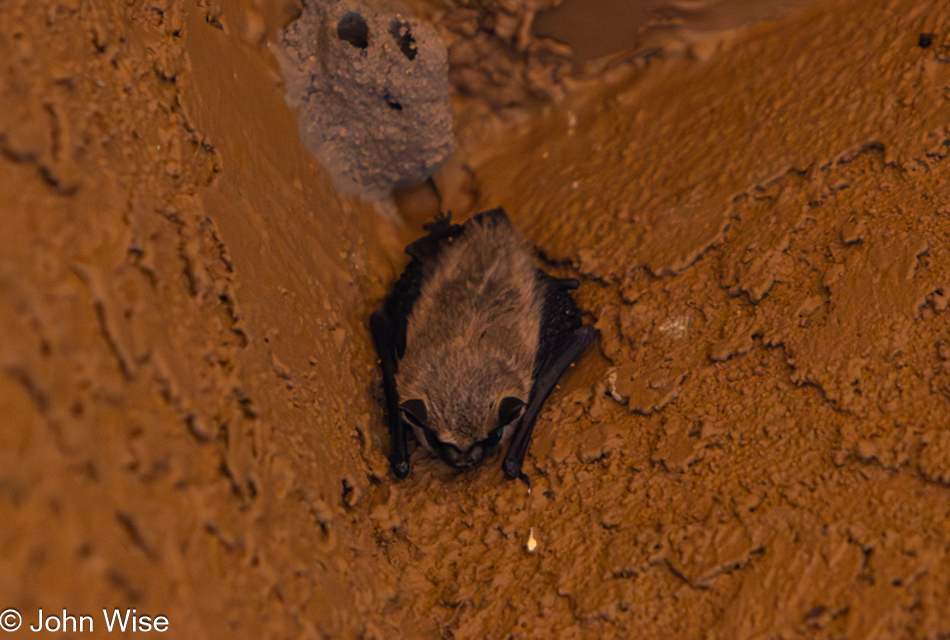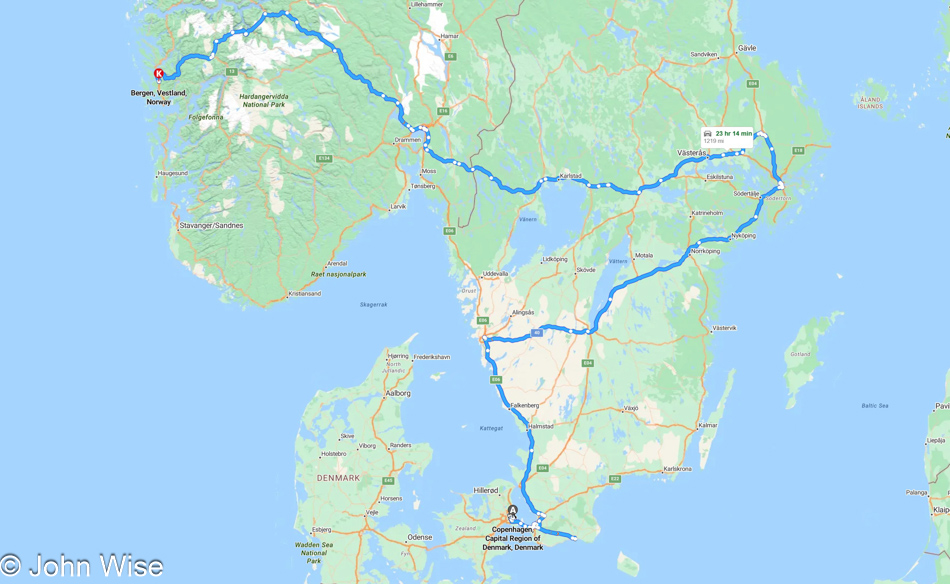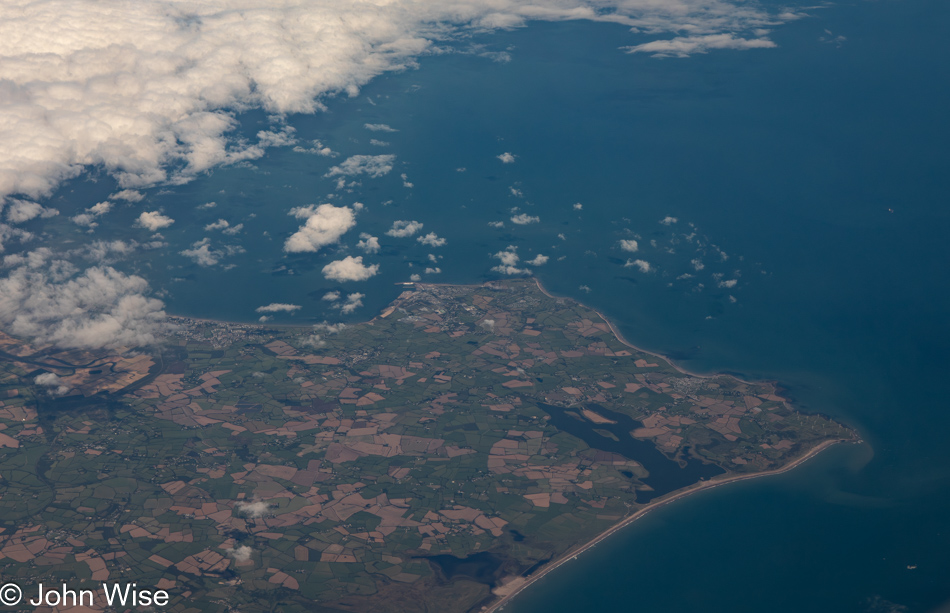
Soaring gracefully far above the earth, we are outside the concerns that dictate routines. There is no real opportunity to influence our environment or situation in any meaningful way anyway: the machine transporting us into another culture does not care if we are aboard or not. At nearly 900 km/h, we speed through thin frozen air, looking down at clouds and out at a horizon to a point 345 km or 214 miles away, considerably further than when we are earthbound and on a clear day on the right side of the plane, we could see all the way across Iceland.
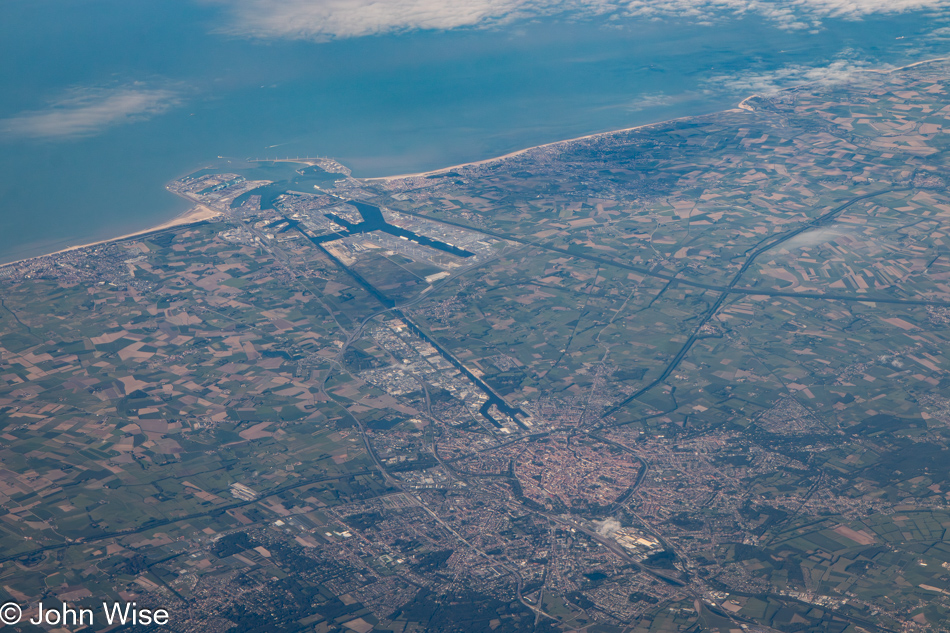
In the air, we are free of the ground, though gravity still holds sway just as we are held close by our anchoring habits. Many remain tethered to routines, afraid to venture outside the familiar, and what might they do while captive in our craft anyway? Well, anything, if we were so inclined and if the intellectual convention of imagination were alive and well. Alas, the majority of those we traveled with this evening were apparently afraid to travel too far as they remain connected to the terrestrial media of repetition and doing what they do at home. Who thought television screens in seatbacks were a good idea?
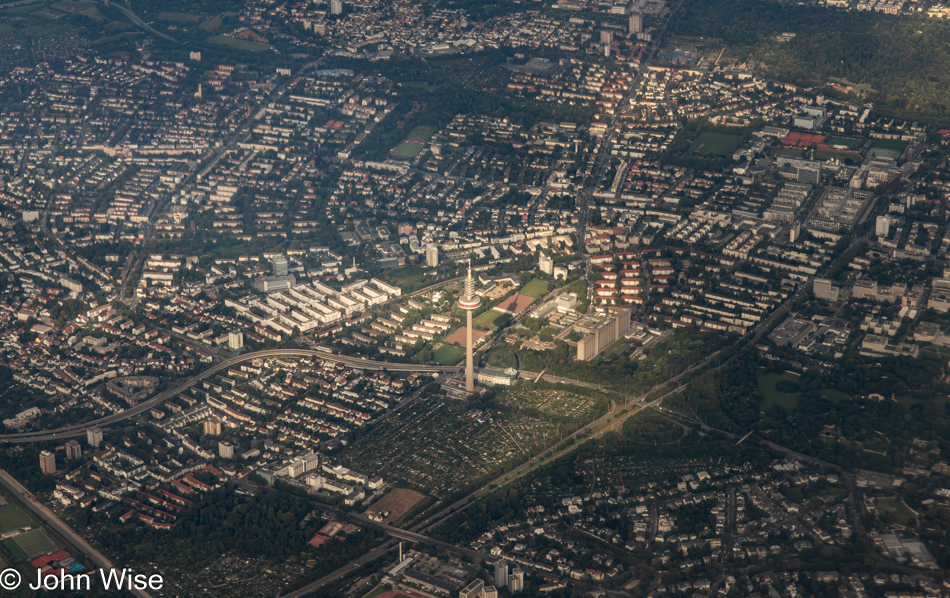
True, there will be no playing the piano up here nor a game of badminton, and if we were to join in conversation, we’d quickly be forced to confront the limitations our blinders shield us from by denying us anything more than a few benign subjects revolving around the mundane to discuss anyway. But there is a world outside the window and a universe beyond the smattering of knowledge we think we possess. I’d like to believe that the people surrounding me are on a great adventure beyond their expectations, though experience has shown me that I’m delusional for maintaining hope that cognizance is a domain that the majority of humanity desires to flirt with. Why make efforts to learn when we already know how to swipe?
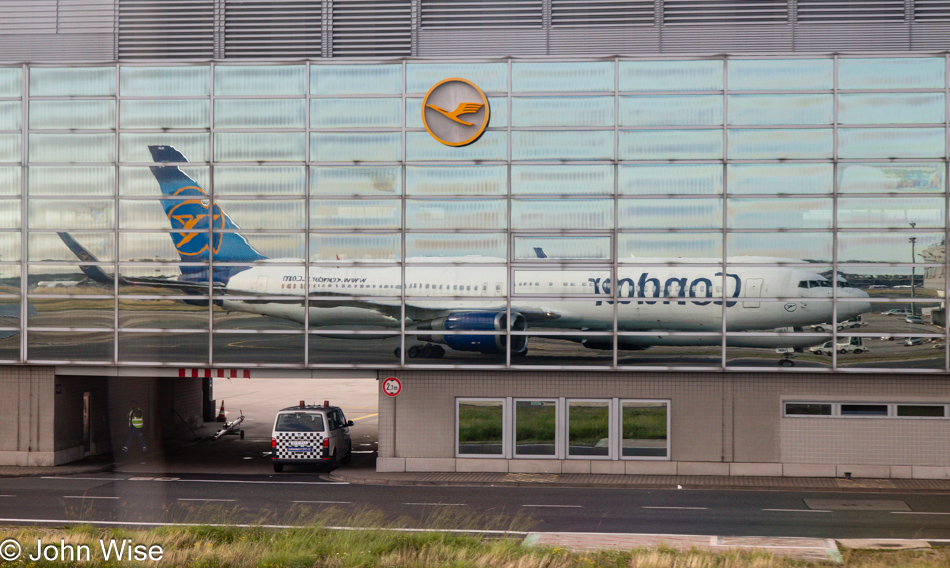
Once we’ve landed, we’ll swap one routine for a mirror version that happens only rarely at a distance of about 10,000km from home while in the German city of Frankfurt.
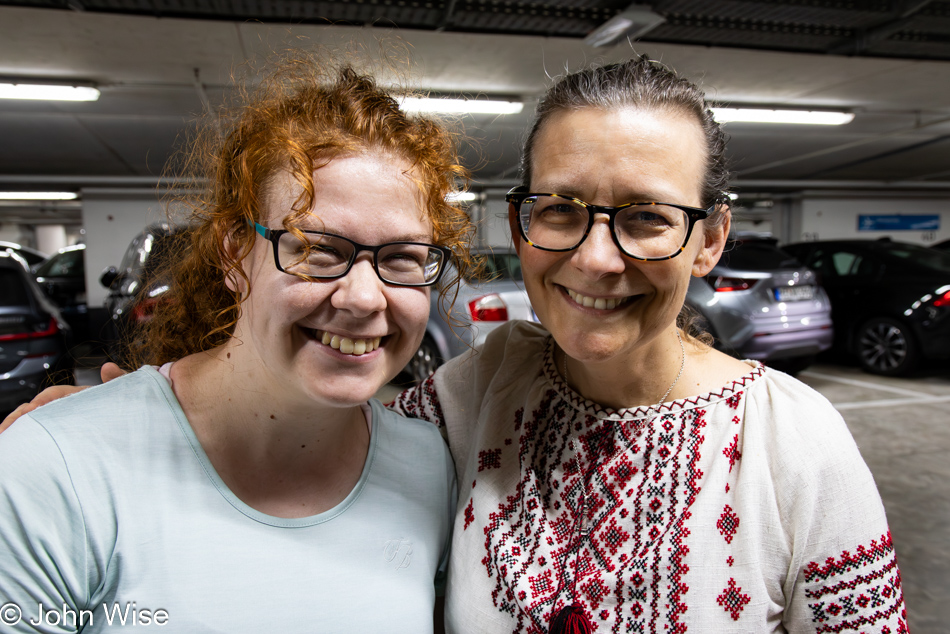
It is in Frankfurt where we meet with family not seen but about every two years with familiarity and a sense of nostalgia pulling us into places and variations of conversations visited previously. Our brother-in-law Klaus picked us up at the airport, and our niece Katharina came along as a surprise.
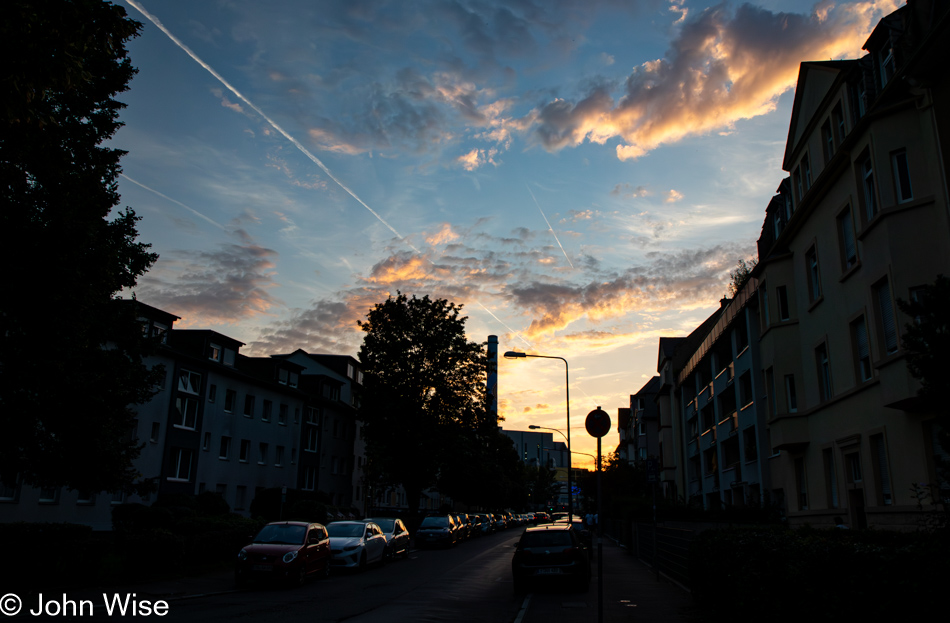
Staying in Heddernheim with the in-laws, check.
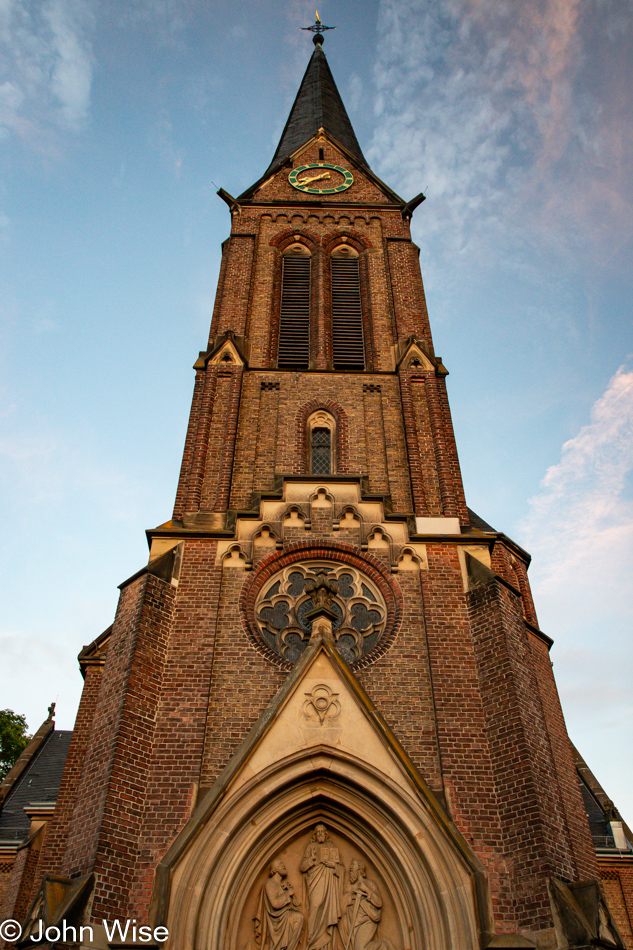
Walking to dinner, check. If you are wondering if the clock on the St. Peter and Paul church is reading correctly on our way to dinner just before 9:00 p.m., that would be about right. Nothing like exhaustion to help us sleep through the night when our body clock is telling us it’s midday in Phoenix, Arizona.
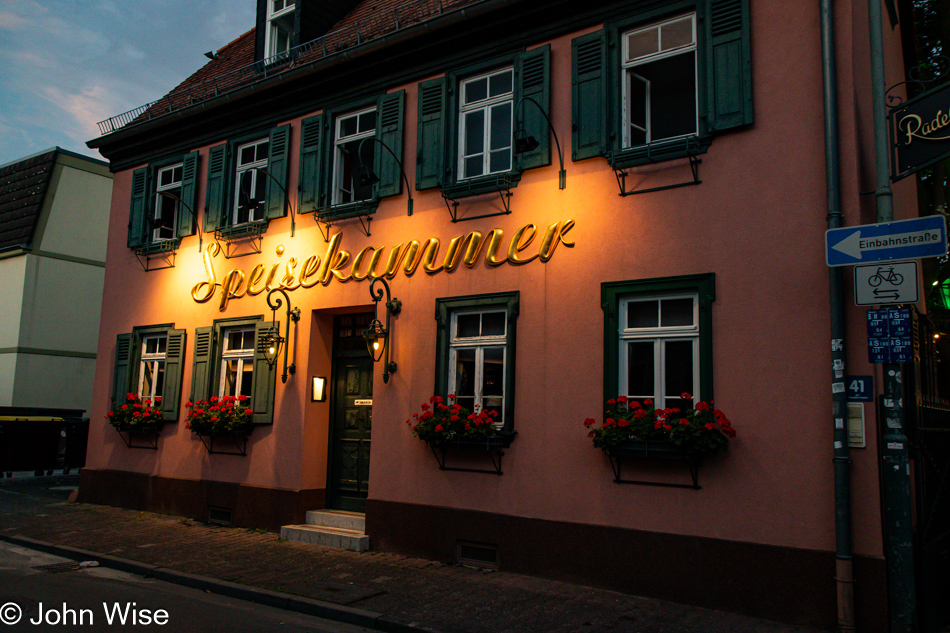
First meal in Germany at Speisekammer for traditional Frankfurt fare, check.
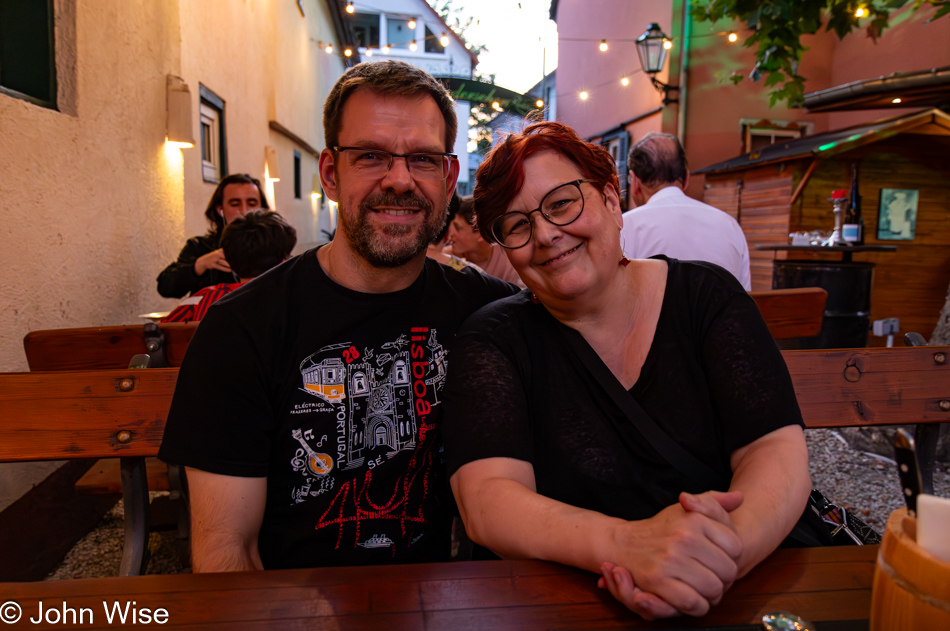
While I felt this was all about the same experience as previous visits, I checked my old posts about going to this restaurant and learned that our first visit was back in 2018, with my mother-in-law Jutta and niece Katharina joining us. Tonight, it was a foursome with Klaus, Stephanie, Caroline, and me. At other times of the year, white asparagus was on the menu; tonight, the seasonal specials feature fresh chanterelle mushrooms. While I extoll the virtues of mixing things up, I stick like glue to “Handkäse mit Musik” and “Frankfurter Schnitzel mit grüner Soße.”
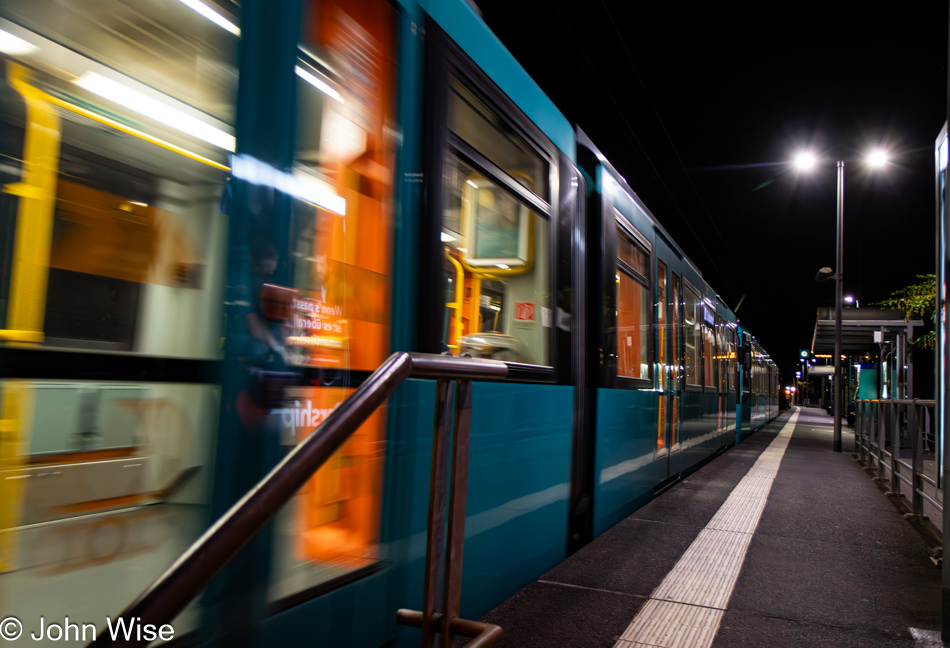
After dinner and dessert, we walked home together. The tram here was not part of our travels; it’s just a reminder of how much I enjoy having access to functional and safe public transportation, along with my familiarity with the stop here at Zeilweg that we frequent a lot while staying in Heddernheim. Tomorrow, we’ll have our first encounter with the smell of the subway; I do not mean this sarcastically, as I truly do love the familiar scent that accompanies the underground rail system.
It’s hot up on the top floor of House Engelhardt as Europe has been going through a heat wave, and with no air conditioning, we rely on a fan and roof windows cracked open for a breeze that will hopefully cool the attic fast enough to allow us to sleep through the night and begin tackling jetlag.
